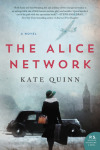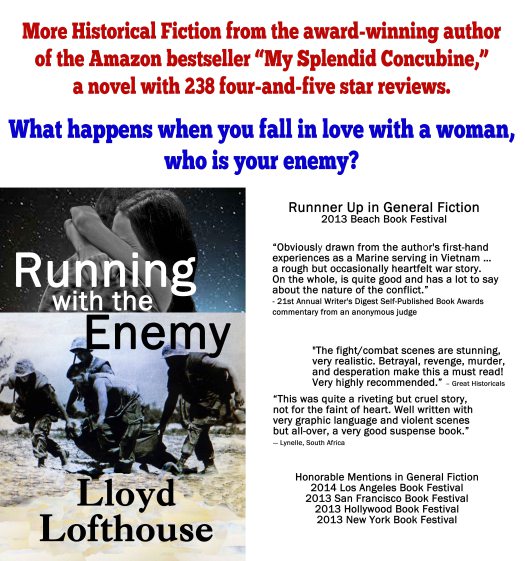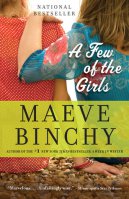Roanoke, Virginia based author Angie Smibert writes primarily for young adult and middle-grade readers. But even within that target demographic, there’s solid diversity in her work. In fiction, she’s published a number of short stories and the Memento Nora series of novels (Marshall Cavendish, 2011-13). In 2018 – 2020, she’ll release the Ghosts of Ordinary Objects Series (Boyd’s Mill). Smibert’s nonfiction efforts include science and technology based educational titles for publishers such as Capstone, 12-Story Library, ABDO, and Focus Readers.
Smibert grew up in Blacksburg and moved back to the area in 2006. In the time between, she worked as a science writer for a number of government agencies, including NASA’s Kennedy Space Center. She now also teaches English part-time.

BOOK CITY ★ Roanoke: What about the Roanoke region inspires your writing?
Angie Smibert: Something must! I actually moved back to the area in 2006 in order to write full time. I’ve always loved the Grandin Village neighborhood. It’s kind of the perfect writerly spot!
BCR: I think Grandin is a great spot for writing too. What about it specifically do you find appealing?
AS: For me, as an extroverted-introvert (if there’s such a thing), the village has the perfect balance of quiet, people, scenery, and history. It’s peaceful (for the most part)–and right now verdant and shady–yet people are all around. I can write–either at my home or at a coffee shop–then walk around the neighborhood or on the greenway, grab a coffee, see a movie, go to the co-op, etc.
BCR: I’ve been part of both book groups and writing groups that have met in the village. There’s a bigger community of writers than we know around us!
AS: Yes. I’ve found a good community of fellow young adult and middle grade writers here in Roanoke–including an awesome critique group. We’ve met for six or seven years now. There are about eight active members plus a handful of alumni who’ve moved to other areas. We meet once a month in Roanoke to critique either short works or full manuscripts. We focus solely on children’s fiction, from picture books to young adult.
BCR: I enjoyed the tips on your blog for others who want to write work for hire. Can you tell me a little about why you make support for other writers part of your work?
AS: Thanks. Many other writers do a far better job of sharing tips and info on their blogs and websites and supporting other writers in more meaningful ways. However, I do believe in supporting my fellow writers. I enjoy doing the occasional talk at a workshop–plus I teach professional writing online for a university. Call it paying it forward, or whatever you like. I’ve certainly benefited from the experience and wisdom of other writers, so why shouldn’t I share what I’ve learned?
 BCR: Great approach. I’m convinced that helping others can inspire your own work. What else do you find fuels your creativity?
BCR: Great approach. I’m convinced that helping others can inspire your own work. What else do you find fuels your creativity?
AS: A little bit of everything! Great stories (no matter the format), good food, yoga, walking the dog, trivia night at the local coffee shop, offbeat card and boardgames, podcasts, space, and other nerdy stuff.
BCR: All of those can get the mind working in different ways. It’s amazing how changing my activity can change my perspective on a challenge or a story. What challenge are you currently addressing in your writing?
AS: In my nonfiction, my challenge is to share my love of science and technology with kids–particularly girls. In my fiction, I love strong girl characters (who embrace their gifts, whatever they are). In my latest series, I also find myself exploring that in the context of the area we live in (actually a little farther west of here—in the New River Valley.
BCR: Tell me a little more about one of your strong female characters.
AS: The Memento Nora series features several strong female characters, including the title one, Nora. My new series is all about another strong girl, Bone Phillips. She’s a 12-year-old, growing up in a small coal mining community during World War II. She’s a born storyteller, but she discovers she has a Gift, a family Gift , which she really wants no part of. She can see stories buried in ordinary objects. To solve the mystery of what happened to her mother, Bone needs to accept that Gift and learn to use it.
BCR: I can imagine a lot of readers looking up to her. How about other characters out there? Do you have a favorite fictional character a model for how we might live today?AS: I’ve always loved Scout Finch from Harper Lee’s To Kill a Mockingbird. She’s an open and earnest, ultimately caring ‘tomboy’ who learns stand in someone’s shoes as well as to stand up to a mob. She’s able to humanize it.
BCR: She’s capable and smart, and we learn alongside her. We’ll look forward to meeting more strong girls like Scout and Nora in your next series.
Learn more about Angie and her work at www.angiesmibert.com. ★
The critique group in which Angie participates is willing to explore adding new members –serious writers of children’s literature who are a fit with the group. If you feel this might describe you, contact Angie below.
Name(required) Email(required) Website Phone(required) I'm interested in the critique group. Here's a little about me:(required)
Share this:





